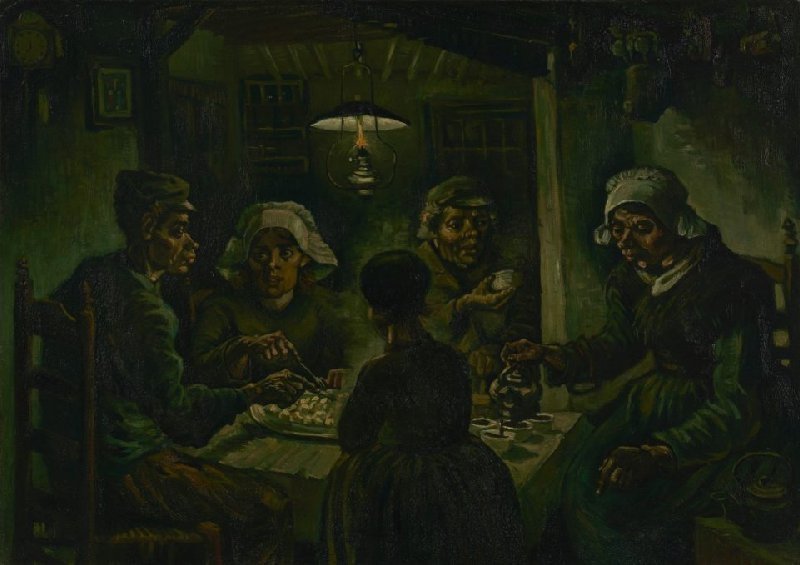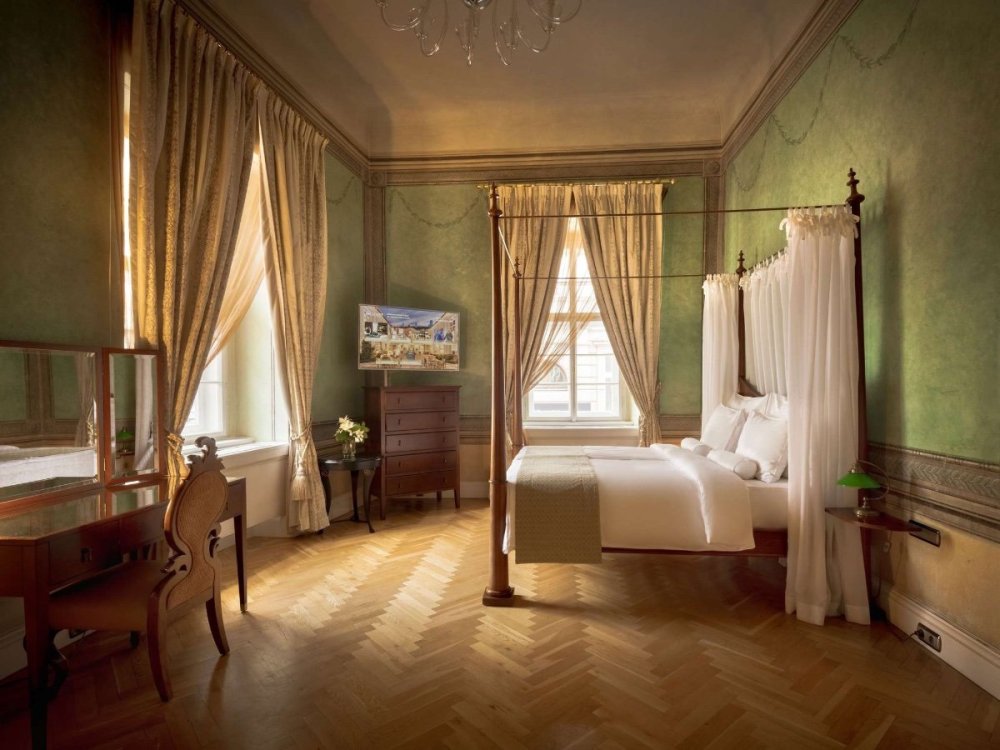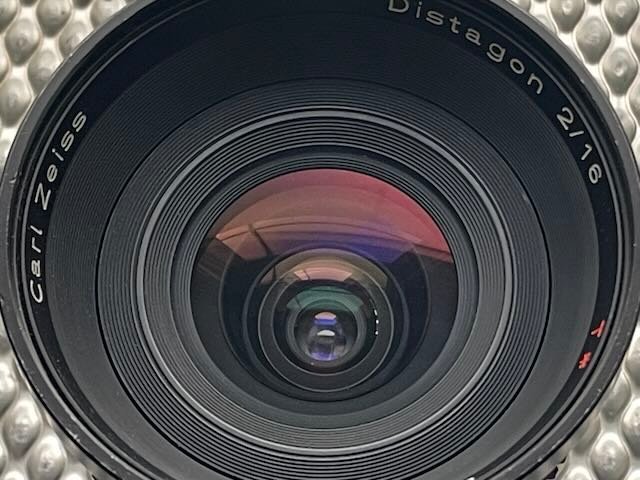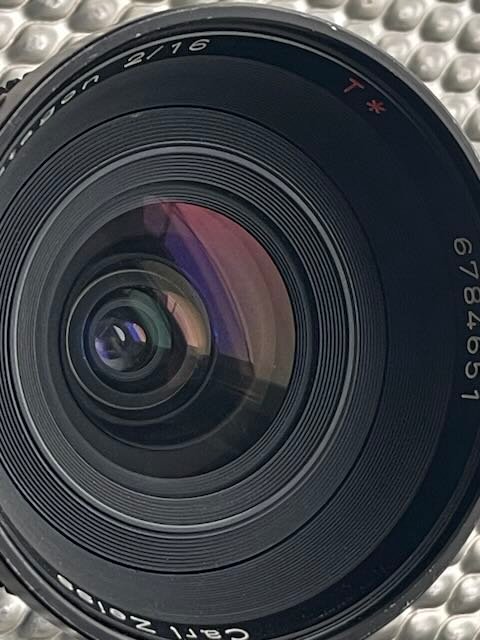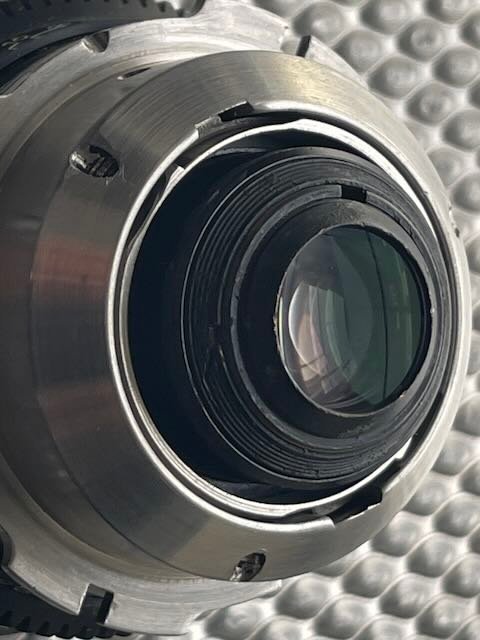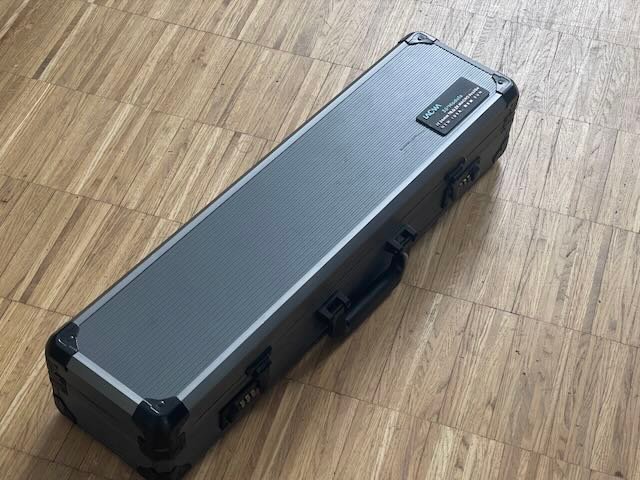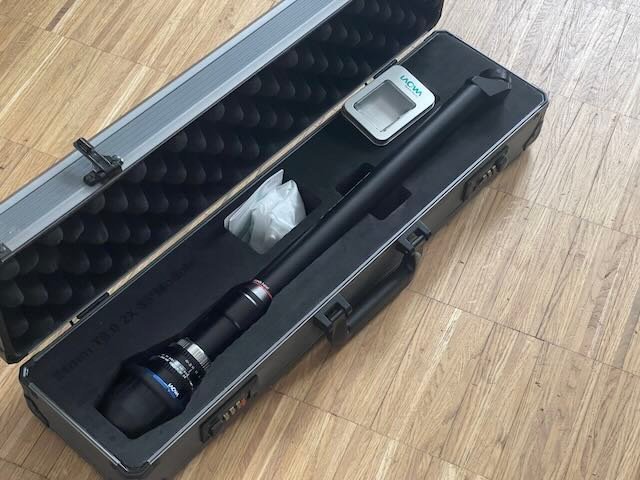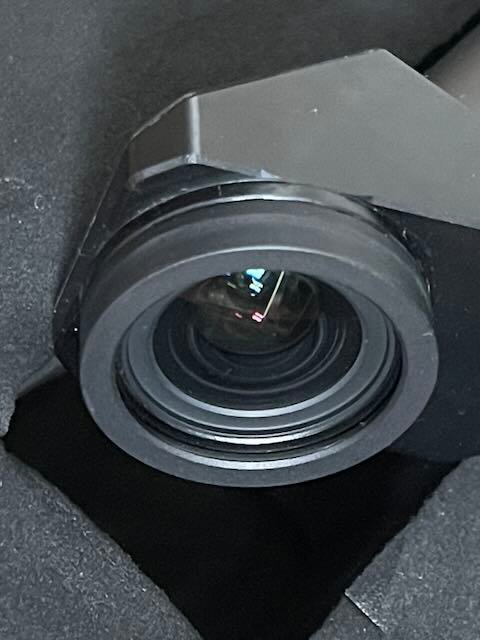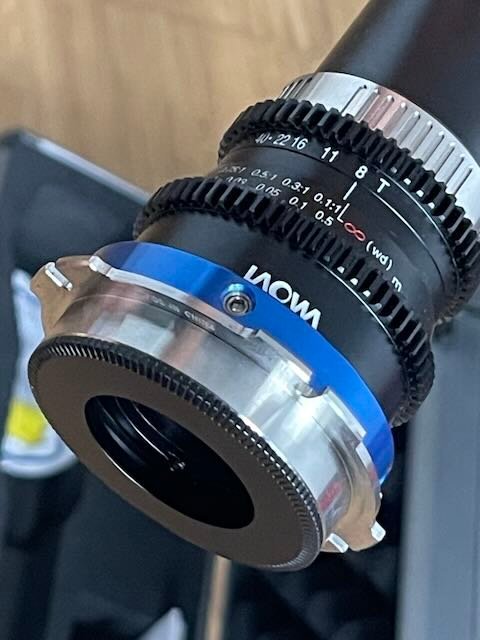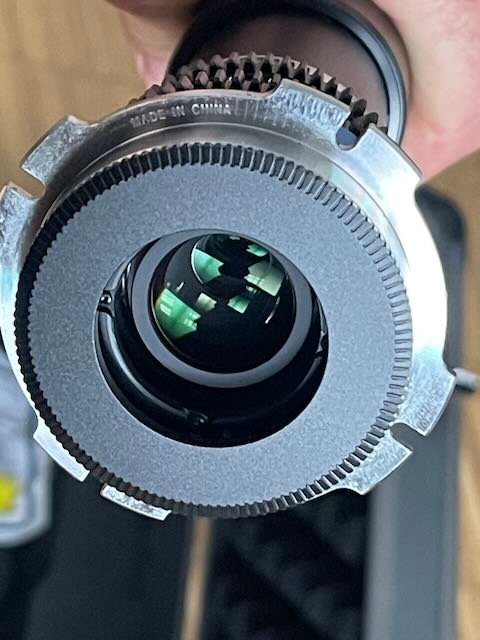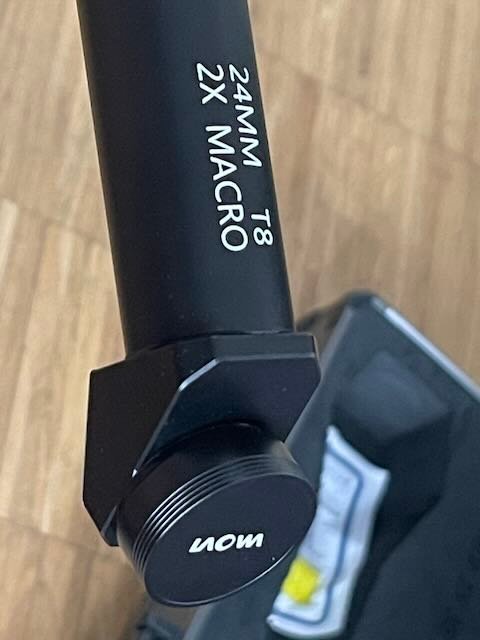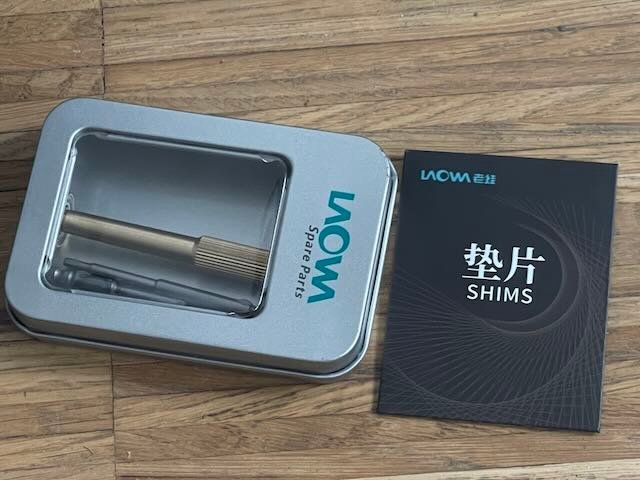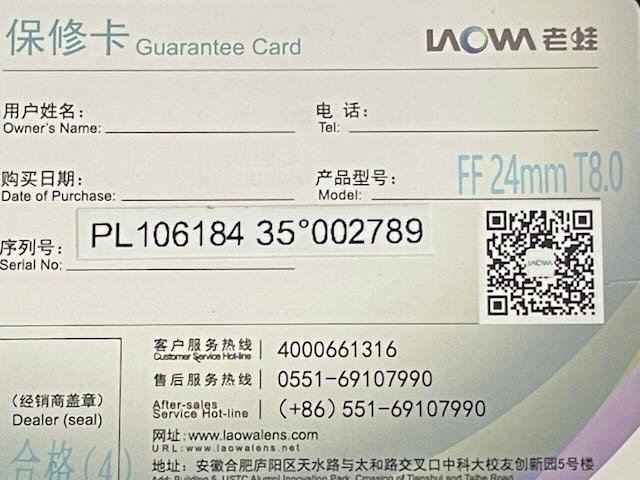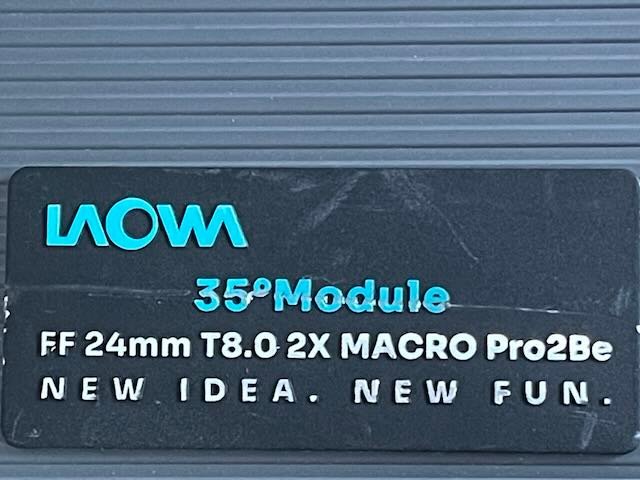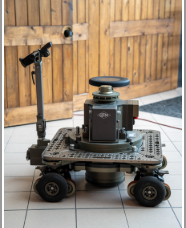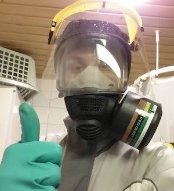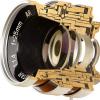All Activity
- Past hour
-

Dye Fade Tool in Diamant Restoration Suite
Tyler Purcell replied to Todd Ruel's topic in Post Production
So what do you feel the archive clients want? Is it just a clean scan with minimum cleanup? - Today
-
Hello, I'm shooting a short film beginning of August which is has some surrealistic elements and I would like to fill the shadows with green (I'm sending a painting below as a reference and the room for the shooting). My take was to set the camera at 3200K (not decided) and +1CC. Then the key light for the faces/skin tones would be set at 3200K -1CC to balance but the rest of the image would be filled with this +1. Now the issue that I'm facing: We're shooting with windows, on the 3rd floor. It should be an overcast/silverish daylight coming in. My idea was to diffuse the windows and to add a correction gel minus green (1/4 or 1/2) over the full window to be able to use this as a key. Probably adding a Kino Flo LED above the window frame to give a little kick and set my exposure where the action takes place. I hope my explanation was clear, Let me know if you already faced similar situations, or if there are better ways to do it. Thank you a lot Josh
-

ND Filters for Beaulieu R16/Angenieux 17mm-68mm?
Todd Pinder replied to Kyle Mikolajczyk's topic in 16mm
Use series 7 filters in your lens shade/hood -

Dye Fade Tool in Diamant Restoration Suite
Perry Paolantonio replied to Todd Ruel's topic in Post Production
Yeah, my point is that our archive clients don't want that. MTI makes great software and I'm sure it looks good, and this is a useful tool in certain situations. But for a film archive that's doing preservation, using AI to generate entire frames is problematic, at best. -

ARRI 35mm prime: 16mm/T2.1 Distagon PL mounted
Matthias Fleischer posted a topic in Cine Marketplace
Hello, up for sale is a 16mm/T2.1 prime from the ARRI standard speed 35mm line, it's still one of the best lightweight and compact wideangles on the market. No fungus, haze or scratches visible, focus-/iris rings work smooth, a Mk2 permanent conversion from ARRI standard bayonet to ARRI PL is made as can be seen on the photos. Invoice can be provided either with german VAT 19% (netto 2478,99 EUR, brutto 2950,00 EUR) for german buyers or for EU buyers with a valid VAT number as net net 2479,00 EUR. You can check out the eBay listing here: https://www.ebay.de/itm/116664511993 Test and pickup in Munich would be possible by appointment. -
Hello, I have for sale a personal LAOWA 24mm T8 pro2be 35° module FF, bought in 2024 via CVP and carefully used a few times. The set comes with the original case, shims (not needed), tool set and is ready to use. It's equipped with module 0.8 gears. Invoice can be provided either with german VAT 19% (net 2226,89 EUR, incl. tax 2650,00 EUR) for german buyers or for EU buyers with a valid VAT number as net net 2225 EUR. You can check out the eBay listing here: https://www.ebay.de/itm/116664500958 Test and pickup in Munich would be possible by appointment.
-
Robert Harris started following Who is this company?
-
Isn’t Metropolis Jack Rizzo?
-

Dye Fade Tool in Diamant Restoration Suite
Tyler Purcell replied to Todd Ruel's topic in Post Production
Well, DRS Nova does just this and it works great. Creating entire new frames where there was none using AI. Yes, I probably shouldn't have sent that clip. I was referring to static scratches rather than moving ones in my commentary, but sent a clip not displaying the results of that. Honestly, I didn't even watch the clip, it was one we made for the client and I had recalled it having a fixed scratch over his face and on a zoom shot. I'm not sure why the sample doesn't have that big green fixed scratch, it must have been the next shot. It was a while ago, so I don't have the raw material anymore, oh well. If we get the job, I will start a thread and show you the issues we've been having and why PF Clean worked better than Phoenix. We only had the PF Clean license for 7 days and we pushed a dozen projects through it, but I don't have copies of them. -
Andres Villalba joined the community
- Yesterday
-
Rick Anderson started following F.S. GFM GF-7000B Primo Dolly
-
For Sale : F.S. GFM GF-7000B Primo Dolly PRICE : $80,000 US LINK : https://broadcastsolutions.com/product/gfm-gf-7000b-primo-dolly/ QTY Item 1 GF-Primo Base Dolly (5 steering positions and central gearbox for 3 steering modes) 1 electromechanical column 1 wireless hand control unit (HCU) 1 battery for HCU charger for HCU connection cable for HCU 2 Dolly batteries (24V) 1 Charging station for 2 x Dolly batteries (24V) 2 Dolly battery (24V) 1 Dolly seat 1 telescopic & inclining steering rod 8 soft studio track wheels 1 Set of carry bars (4 pcs.) 1 Multifunctional platform set (4 pcs.) 1 Second seat adapter for turnstile mount 1 Dolly seat (off-centre) 2 Dolly seat cover / cushion 1 Protection cover for column 1 Charger for HCU battery 1 Transport Case for Primo/Secondo HCU Safe Storage for: HCU, HCU Cable, HCU spare battery, HCU battery charger 30 X 27 X 20cm 1 Set of pneumatic wheels (8 pcs.) 1 Transport case for 8 wheels 1 Set of pneumatic Big Wheels (4 pcs.) 1 Transport case for BIG wheels 1 Pan bar connector for HCU 1 Transport case for Multifunctional Low Platform System 80 x 59 X 22 cm 2 Skateboard wheel unit 1×4 (1piece) 1 Transport case for GF-Primo/Secondo Dolly 117x88x101cm 1 Swivel section Euro to Euro, long (41cm / 16″) (AL-2376) 1 Swivel section Euro to Euro, short (23cm / 9″) (AL-2377) 1 80mm extension tube (15cm / 6″) 1 80mm extension tube (35cm / 14″) 1 80mm extension tube (73cm / 29″) 2 Safety screw for 80mm extension tube (AL-2364) 1 Tube connector for Combi Rig (AL-2362) 1 Double ended Euro adapter (AL-2405) 1 Connector for counterweight rod on Euro adapter (M12) (AL- 2363) 1 Counterweight rod (horizontal/vertical) (AL-2361) 1 Transport Case85 x 42 X 31 cm (K-1502) 1 Seat arm combined 10cm / 4″ 1 Seat arm vertical 10cm / 4″ 1 Seat arm vertical 20cm / 8″ 1 Seat arm vertical 10cm / 4″ 1 Seat arm vertical 20cm / 8″ 1 Seat arm vertical 30cm / 12″ 2 Connection pin 25 to 25mm 1 Connection pin 25 to 28mm 1 Connection pin 25mm (with locking screw) 1 Double ended Euro adapter 1 Euro adapter on seat pin (25mm) 1 Mitchell 3 Way Leveller 1 Euro Riser 10cm / 4″ 1 Euro Riser 30cm / 12″ 1 Off-Set Euro to Mitchell 4 Way (25cm / 10″) 1 Off-Set Euro to Mitchell 4 Way (35cm / 14″) 1 Transport case for accessories 80 x 38 x 64 cm
-
Hi, I’m looking to trade my Hasselblad 500C and it’s Carl Zeiss Planar C T* 80mm f/2.8 lens for a fully functional Bolex H16 REX-5 camera (or any other REX series Bolex). I am okay with a Bolex that comes without lenses. It should have minimal cosmetic flaws. The person willing to trade their fully functional Bolex H16 REX-5 (or other REX) must be able to ship it to Sweden. When it comes to paying for shipping I’ll pay for shipping of the Bolex to me and the recipient will pay for me shipping the Hasselblad to them. I have PayPal available and will thus handle monetary transactions through it. Any details of a deal can be worked out in the DMs. When proposing a trade via the DMs please send as many useful images as possible along with descriptions of any flaw or issue. The Hasselblad is in very good condition and comes with the below: Carl Zeiss Planar C T* 80mm f/2.8 lens in very good condition with no cosmetic or functional flaws. The distance scale is in meters on this lens. As far as I can tell, there is no dust or scratch that affects the image. UV filter with B50 mount. Original neck strap in top condition. Camera body 500C (NOT “C/M”) built in 1967 with serial number “TU 72801” with fixed focusing screen. Film magazine model/variant C12 built in 1967 with serial number “TU 106361”. “Waist-level finder” as seen in the pictures. The loupe in it is in good condition as is the spring mechanism that unfolds it. This camera works well and I have tested it with several rolls of 120 film in recent months. The exposures are very good and the shutter speeds seem great. The included example image was captured with Kodak Ektachrome E100 120-film and scanned to TIFF before being compressed to work on this forum. Images are on this shared Google Drive folder: https://drive.google.com/drive/folders/1lkTijGCiVNSQgWyG1PIHQpdhmF82XVYW?usp=sharing
-
- trade
- bolex rex5
-
(and 3 more)
Tagged with:
-
Daniel Borges joined the community
-
Colin Cameron started following Abakus 132 B4 to Super-16 PL Adapter
-

Dye Fade Tool in Diamant Restoration Suite
Perry Paolantonio replied to Todd Ruel's topic in Post Production
I spent more time compositing the text onto the image than I did cleaning this up in Phoenix. Scratch Target: Default settings but increased column aggressiveness, which detects more DryClean: Default settings 3 minutes work to clean this up in Phoenix. It could be a little better but I didn't feel like spending the time on it. https://www.dropbox.com/scl/fi/jlepb1kp28gttafzqkl2c/Tarkovsky-GRD.mov?rlkey=a0b7uw6layizbql7g3buqtrzv&st=vlbmph7e&dl=0 -

Dye Fade Tool in Diamant Restoration Suite
Perry Paolantonio replied to Todd Ruel's topic in Post Production
You're making my point. Those scratches are transient --different on every frame-- ao any decent restoration tool can clean those up easily, using the same method they've all been using for the past 25 or more years. With the correct parameters, DryClean would probably get those as well because they're not persistent scratches, they're intermittent. The result is seamless because these tools all do basically the same thing: they look at the surrounding frames and they pull in actual picture data to replace what they've detected as scratches. The background in this shot is perfectly static, too, making it even easier to do, because there's no complicated motion happening in the image to throw off the algorithm. I don't think this same result could be achieved if the camera was mid-pan, zoom, or dolly. Also, it's Tarkovsky, not Tarkofsky. -

Dye Fade Tool in Diamant Restoration Suite
Perry Paolantonio replied to Todd Ruel's topic in Post Production
Dryclean is a dustbusting tool. You're expecting it to do something that it's not expected to do. Scratches that weave back and forth are scratches that don't match the background. Phoenix's scratch tools clean these up nicely. Scratches that don't weave match the background by definition - because they ARE the background. Automated tools can't clean these up using the same kind of algorithm DryClean or MTI's DRS tools do (looking at surrounding frames, figuring out what's transient by analyzing the motion in the image, and pulling pixels from surrounding frames to seamlessly infill). What they can do is fake it by making up something that wasn't there. AI can probably do this reasonably effectively if you don't care about preserving the original image, but now you're inventing stuff, instead of pulling actual picture data from surrounding frames to conceal something. That's a non-starter for us. -

Dye Fade Tool in Diamant Restoration Suite
Tyler Purcell replied to Todd Ruel's topic in Post Production
Here is a sample of something that broke every tool we tried, but PFClean just powered through it. Not only did PF run perfectly on our Apple Silicon systems, meaning it was fast to render, but also it was rock solid performance wise. No crashing, no problems. We were importing raw DPX 16mm 4k material into the system via our NVME raid and it was just a flawless experience. We only tested the software for a few days so we could prove it would work to the client. Not only was I blown away, but so was the client. Hopefully when she finishes raising the money, we can get the film finished. Oh and the "original scan" was a non-wet gate scan, to show how good PF Clean was without even a wet gate. https://www.dropbox.com/scl/fi/784cdzx4srnqtcybe1y0w/Tarkofsky-fix.mp4?rlkey=71zu2bxxxyypkigsrnjtq3joy&st=xjr0eqq2&dl=0 -

Dye Fade Tool in Diamant Restoration Suite
Tyler Purcell replied to Todd Ruel's topic in Post Production
Because DryClean is one of the only fully automated tools in the system. PFClean can 100% automated remove scratches, no need to circle them, no need to go frame by frame, it's literally a check box. Phoenix's scratch removal tool is shit, it basically a clone tool, it does not create new material. Also, as you pointed out, it requires a substantial amount of tracking and manual work. PFClean does not, it's completely automated. It automatically detects scratches because they don't match the background for the most part. With one button, you can activate scratch removal and it will create all new material to fill the gaps. Where in our testing it worked flawlessly, I can see how it MAY get confused and potentially create the wrong information. Our wet gate conceals around 70% of scratches anyway, so in testing we've found PFClean to have no issues fixing the remainder. I will probably get another months license and do a demo, we only used it for one project and were blown away. DRS Nova is the only thing close and for around $500/month with a license that can be turned on and off at a whim, it's a great tool. We still use Phoenix for daily work, along with Resolve for color and some light dirt/dust removal. But for seriously damaged film, PFClean and DRS leave the competition behind in my opinion. I really wish the guys at Digital Vision would add some of those tools to Phoenix. -
μεταμορφώσεις
Jeff Bernstein replied to Jeff Bernstein's topic in Students, New Filmmakers, Film Schools and Programs
DEFY THE GODS — FIGHT THE POWER Punch-Drunk Love (2002) / Do the Right Thing (1989) -
Dustin Schmidt joined the community
-
Colin Cameron joined the community
-
Aaron Saucier joined the community
-

Dye Fade Tool in Diamant Restoration Suite
Perry Paolantonio replied to Todd Ruel's topic in Post Production
I would appreciate it if you would refrain from speculating on our pricing in a public forum. People read stuff like that and think you're posting our prices. Trust me, it happens. You're way off base here with your guess. When we do restoration, we charge per hour (labor), not per frame. If we were using a tool like this it wouldn't cost you much of anything if it was part of a larger restoration project, we'd just fix it when we got to it. But we don't use that tool and I haven't seen it in action so I don't know how good a job it does. I'm very hesitant to use tools like this, because our clients are mainly archives and libraries, and archives and libraries generally don't want stuff that's invented by an AI in their film restorations. The scan is the wrong place in the workflow to do this kind of thing. We occasionally use the "find grade" tool in the scanner but only for a secondary file, not for a master scan. That is, an access copy that's being generated to a low res MP4 or something like that, alongside a high resolution flat scan. And even on a faded reel, it's never a one-grade setting for the whole reel. We scanned a faded 16mm reel last week that was almost entirely pink. But there was this one scene (not spliced in, it was part of the same contiguous strip of film), that was basically unfaded. Super weird, but it happens. Setting a single grade for the reel would make that shot look bad. You do this kind of thing post-scan, in grading software afterwards, for a reason. Otherwise, you're baking more problems into the scan that you have to deal with later, and depending on the grade applied in scan, you may not be able to fully recover the image later. That's why flat scans are a thing. DryClean isn't a scratch removal tool so I'm not sure why you'd bring that up. It's a dustbusting tool. They're different kinds of defects with different attributes, and require different algorithms to detect and conceal. Phoenix has scratch concealment tools as well, which do work pretty well, but are not perfect. In our experience nobody makes a scratch removal tool that works in all cases, because scratches are wildly different depending on a variety of factors (how much lateral movement it contains, if it's on the base or emulsion, if it's wide or narrow, if it's sharp or fuzzy, etc). Hiding scratches effectively usually involves a laborious combination of matte tracking, grading, scratch concealment and some manual dustbusting to fix the artifacts that are left behind from all that manipulation of the image. I've yet to see an automated tool that works in most, nevemind all, situations without leaving some other undesirable artifact behind, and I've been doing digital film restoration for 20+ years. -
Thank you so much for all these infos !
-
I shot "Jackpot" in August 2000 using the Sony F900, which was the first 24P HD camera on the market. It was followed by other 24P cameras: I seem to recall a Panasonic 480P 24P (recorded at 60P) camcorder in 2000 just before the Varicam was released in 2001 and prosumer DVX100 in 2002. "Jackpot" was in the theaters in August 2001, two weeks before "Session 9", and several months before "Star Wars: Attack of the Clones", which got the F900 first. 24P HD was all the rage in independent filmmaking for awhile and then there was a lull until the next generation of 24P technology. The Thomson Viper came out in 2002 but was limited by data recording technology of the day. The Dalsa Origin was the first single-sensor 35mm-sized digital camera in 2003 followed by the Panavision Genesis in 2004. The Dalsa again was limited by data recording technology of the day (particularly for uncompressed 4K raw data) but the Genesis had the new 1080P HDCAM-SR tape format to record onto. In 2007 you saw the release of the Silicon Imaging 2K camera (16mm single-sensor) which recorded compressed 2K data and the Red One camera (35mm single-sensor), which could record compressed 4K raw data. The success of "Avatar" (2009) brought a wave of 3D digitally-shot movies and the conversion of movie theaters from 35mm to digital projection to show them. 2009 was also the year of negotiations over the new SAG contract, causing TV pilots to switch from film to digital in order to work under the AFTRA contract. I shot the pilot to "The Good Wife" that spring on the Panavision Genesis camera; the series (which I didn't shoot) used the Sony F35 until the ARRI Alexa came along. By 2010, the loss of TV shows that normally would shoot film was a big blow to the Kodak and the film labs in terms of the volume of negative processing; at the same time they both were dealing with the loss of 35mm print processing from the conversion of theaters to digital projection. So I would say that it was really in that period of 2009-2011 when the industry experienced the most change.
-
If you don't find someone in France, Guido Wilhelm is a good Bolex tech located in Milan (wtv.milan@gmail.com), or maybe Simon Wyss in Switzerland who is a member of this forum (though I'm not sure if he works on electric Bolexes).


